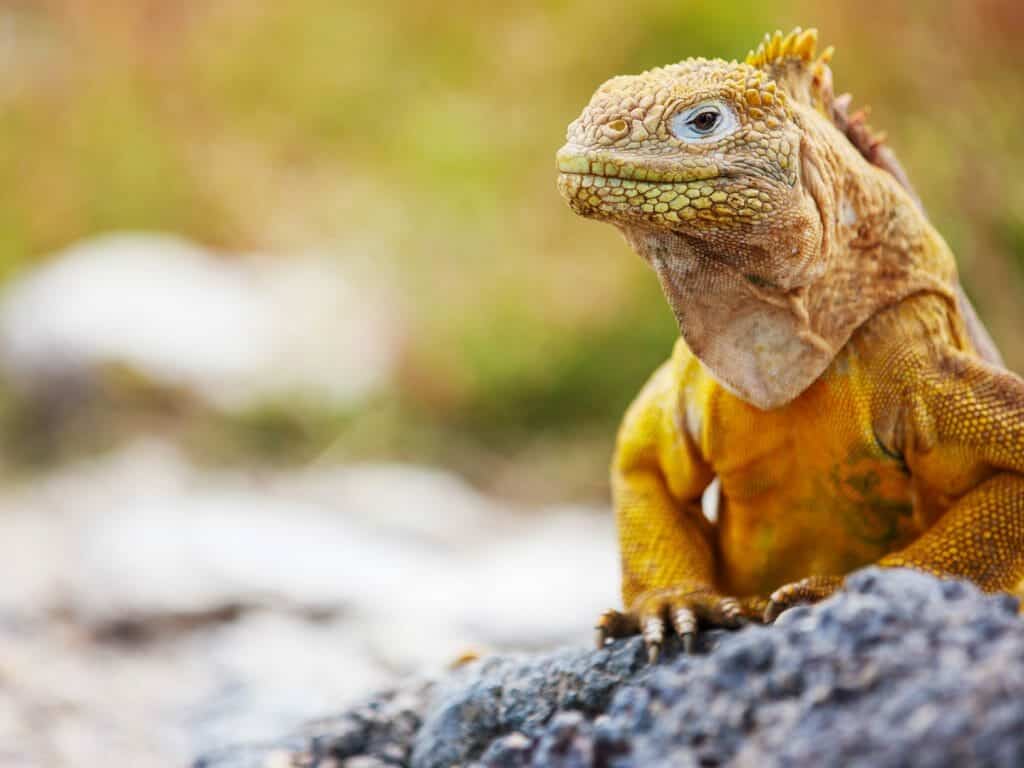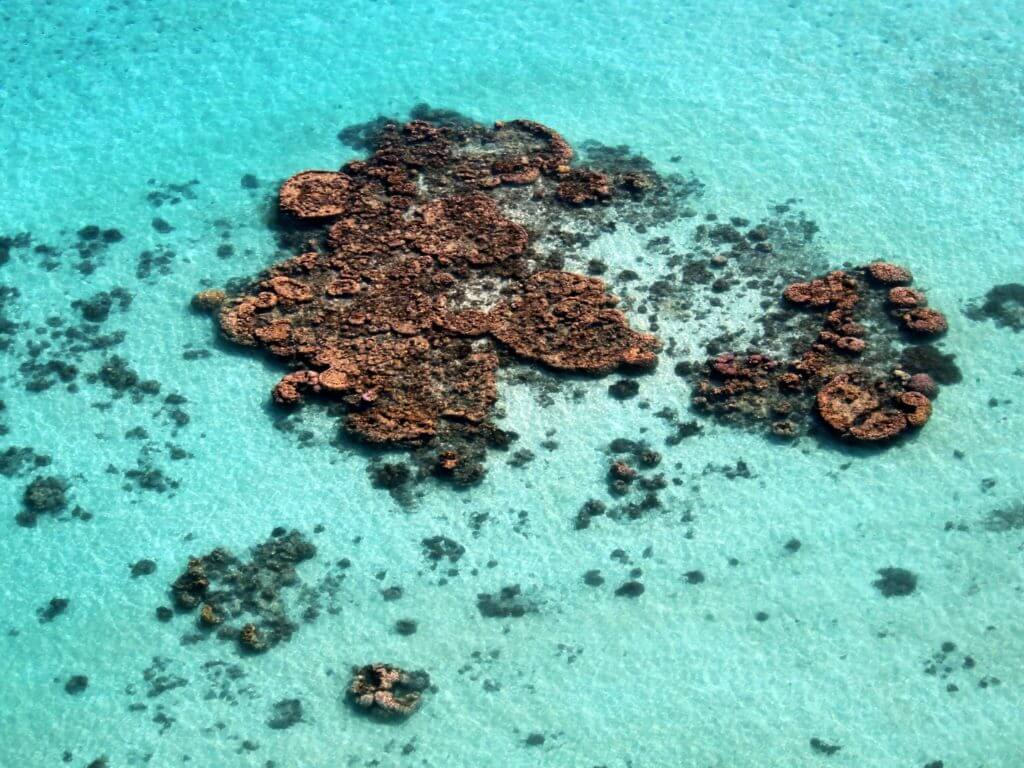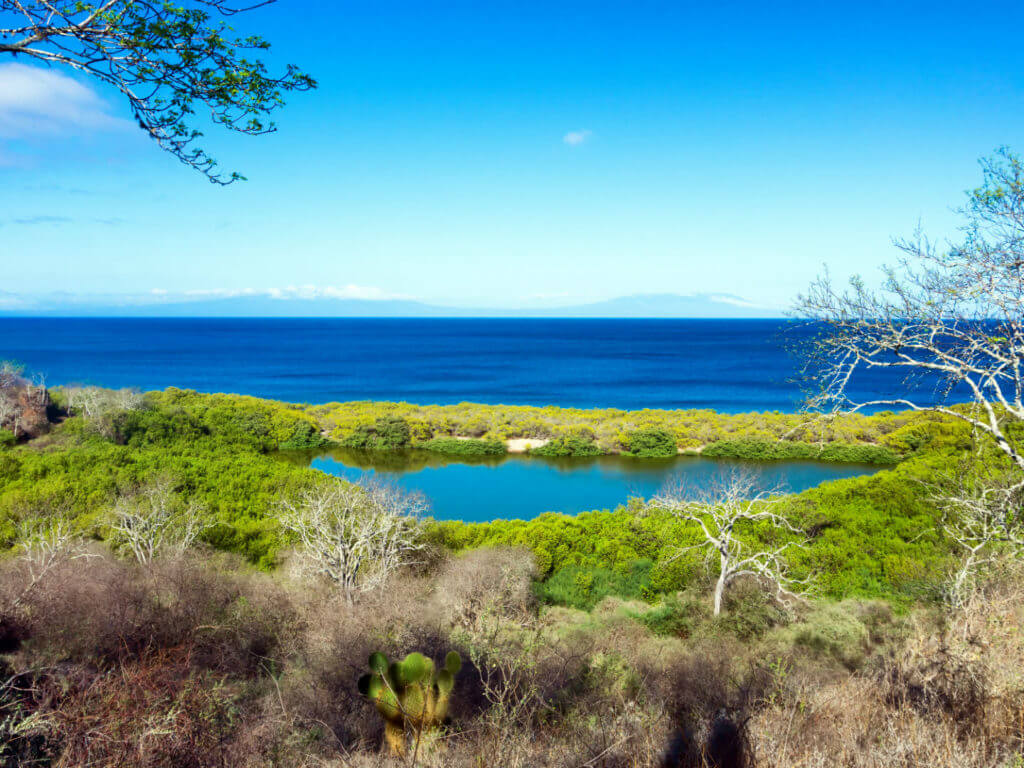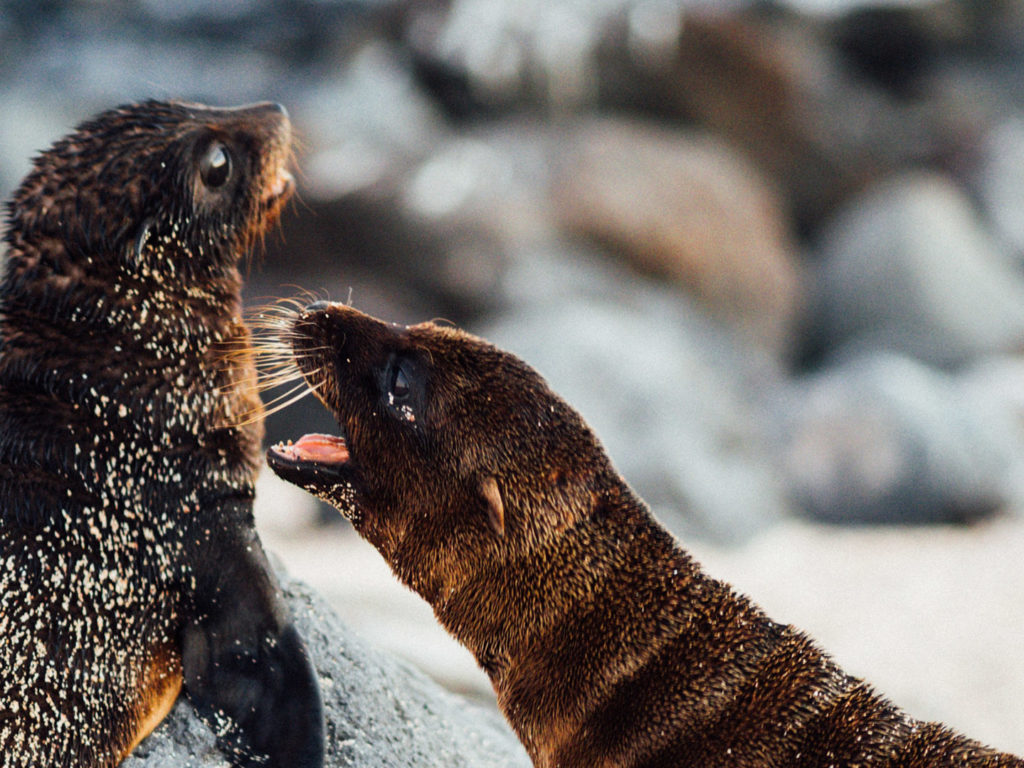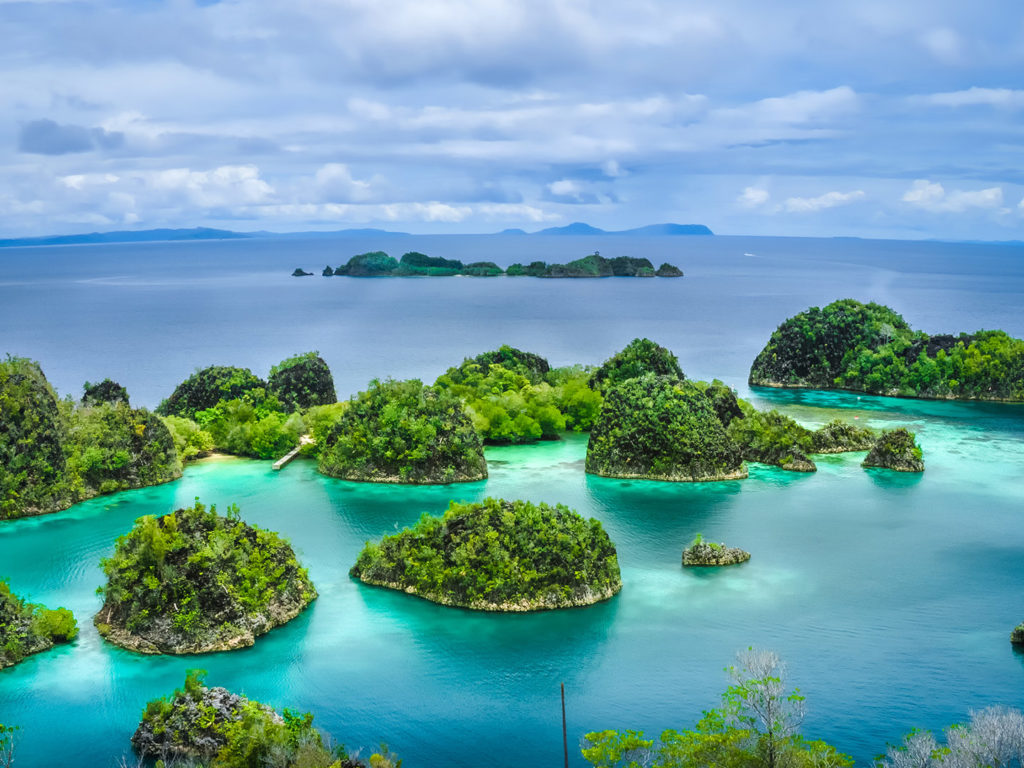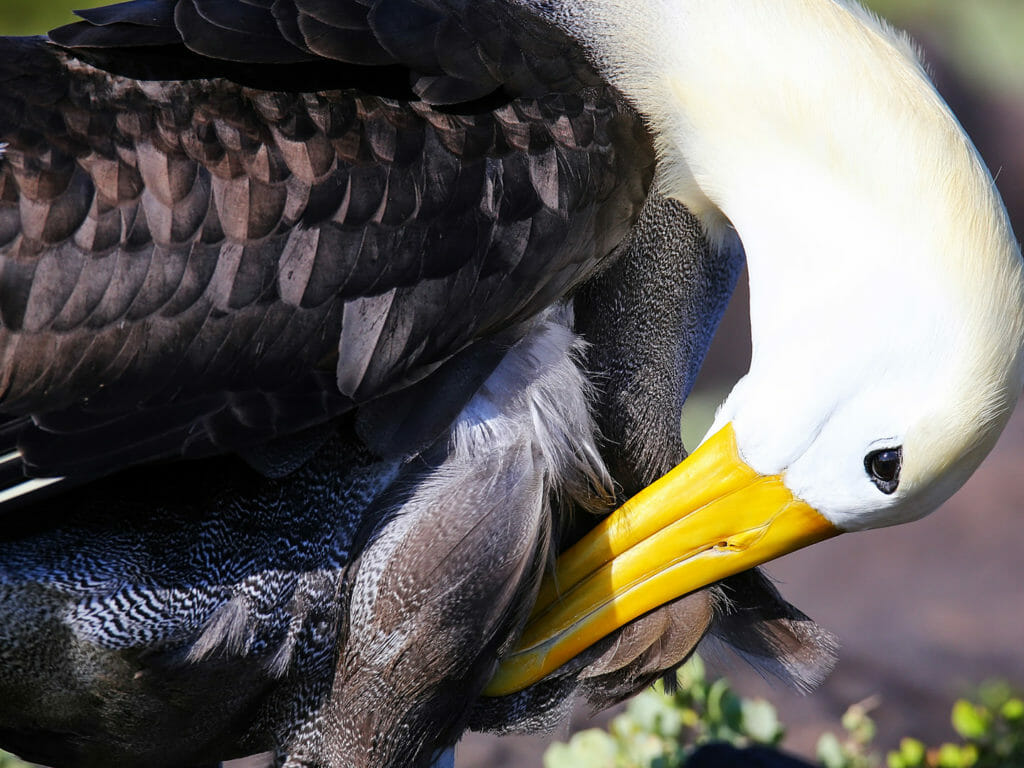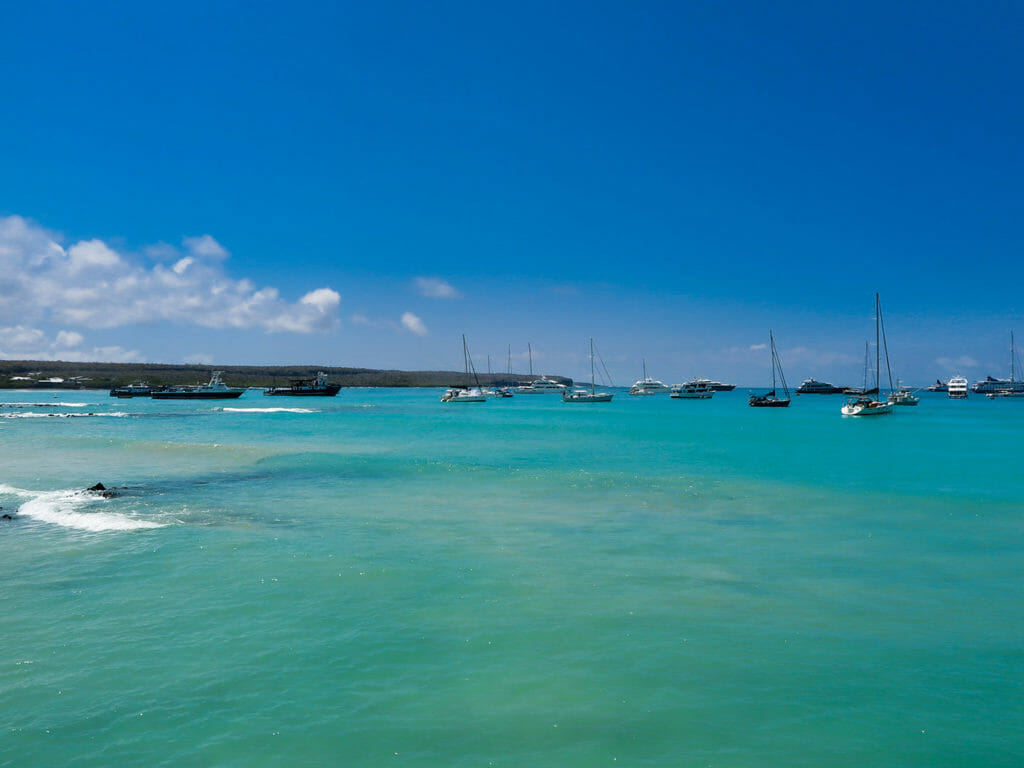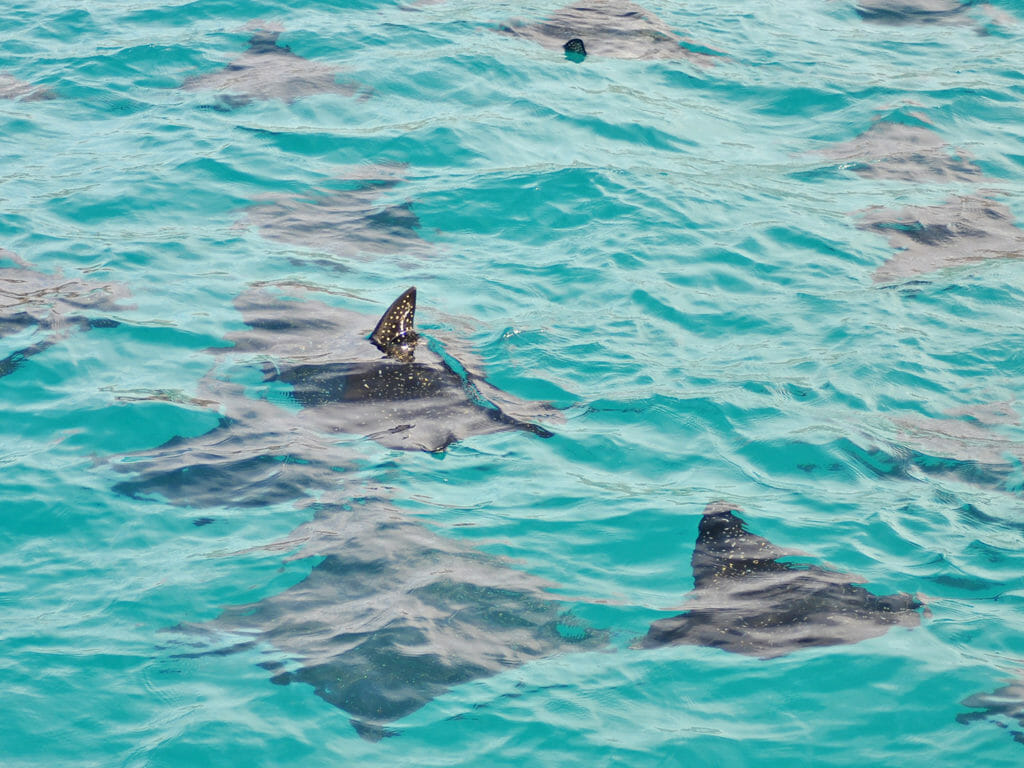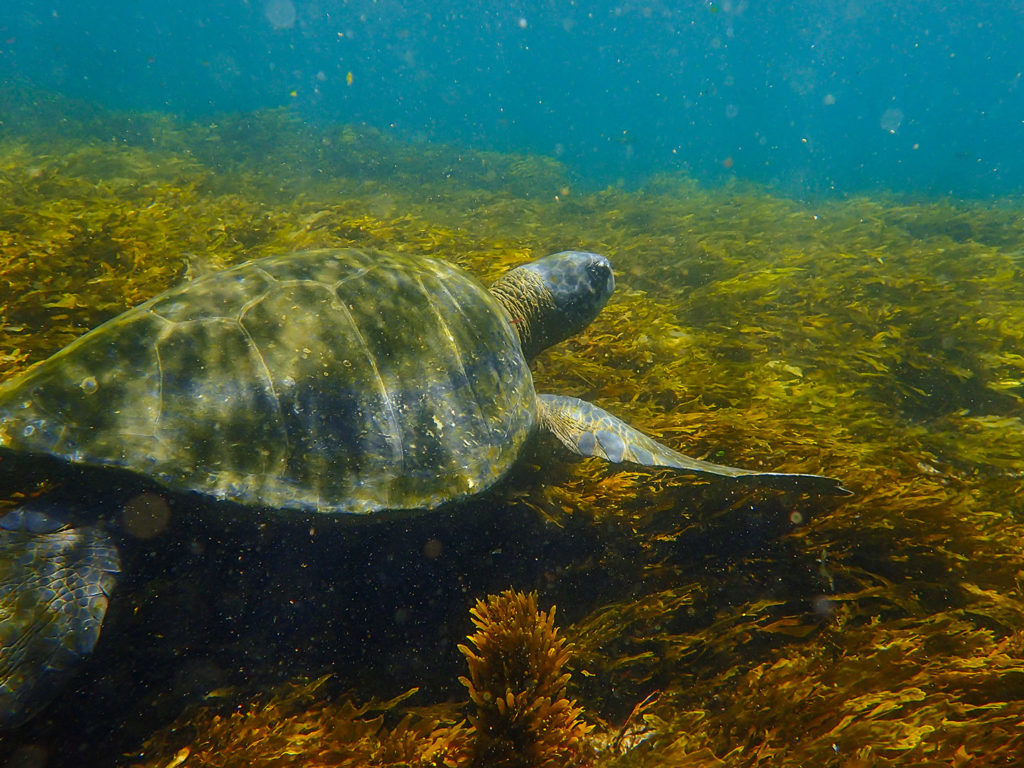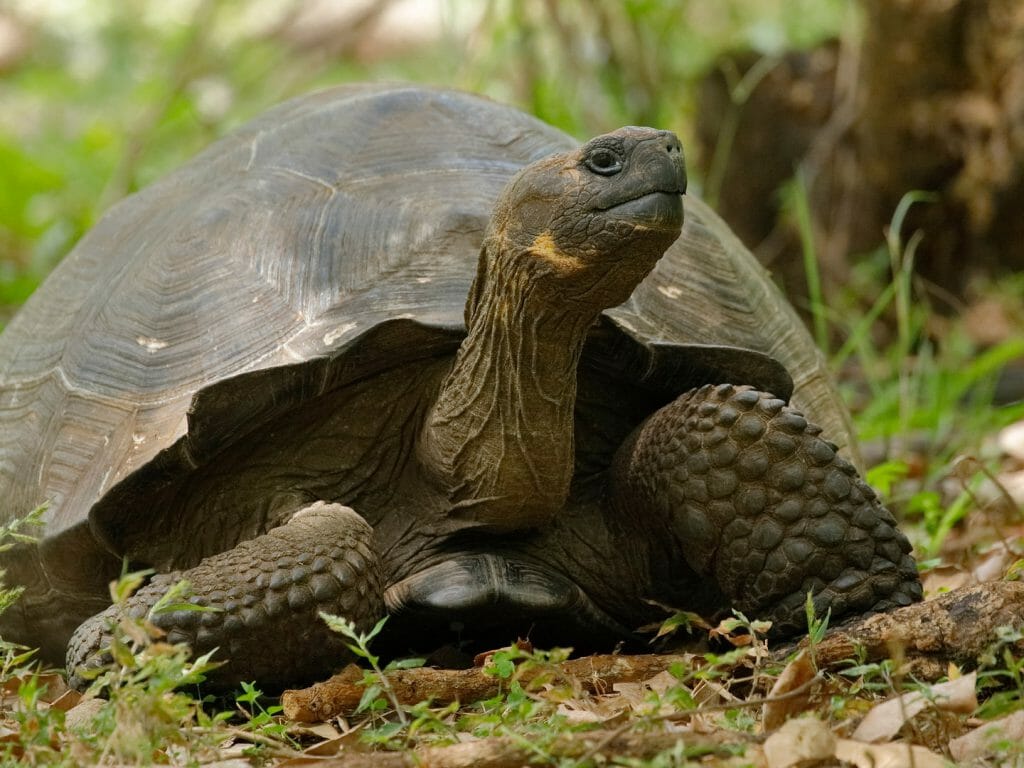On the 11 March the terrible 8.9 magnitude earthquake which hit Japan set tsunami waves out across the Pacific Ocean. Sat at my desk my thoughts turned towards the Galapagos Islands which lie right on the path of the waves and how that would affect the very special wildlife and communities on the islands.
The Galapagos Islands are deep-ocean islands which have risen out of the seabed due to volcanic activity. This means the waves grow less than if the islands were surrounded by shallow waters. Despite this in Pto. Ayora, the main town on the Galapagos, a 6ft wave surged some 200m into town. This surge inflicted minor damage on coastal buildings and our friends and partners at the Darwin Research Station have reported damage to one of their laboratories which is located right on the waterfront. The surge crashed into the lab and damaged some furniture and equipment.
Local residents, including, Lonesome George and the other Giant Tortoises at the Charles Darwin Station were evacuated to the highlands and were safe.
Evaluation to the various islands is still ongoing but it seems that Santa Cruz and San Cristobal were the most affected islands. Most other sites around the archipelago fared much better. There is some concern that this is iguana nesting season and a lot of iguana eggs may have been washed away thereby affecting this year’s iguana birth rates.


